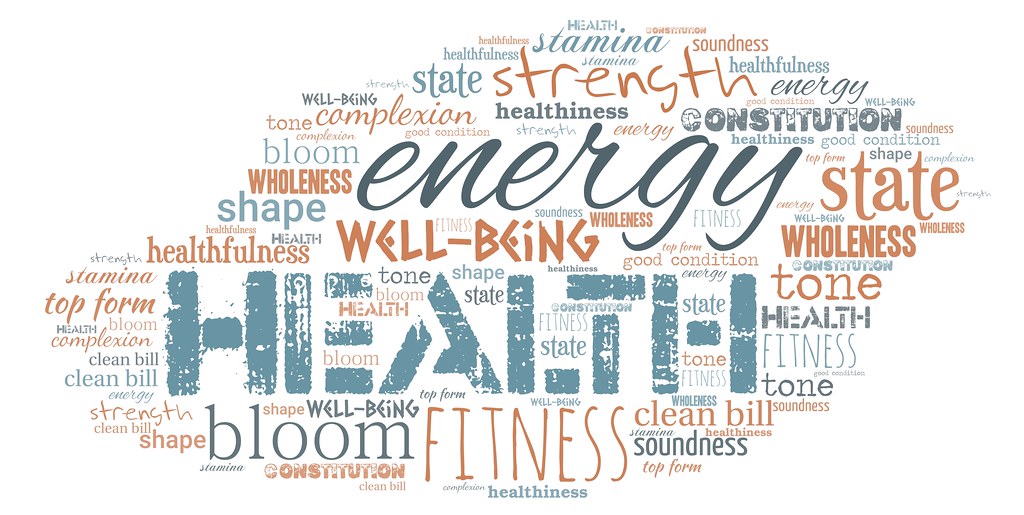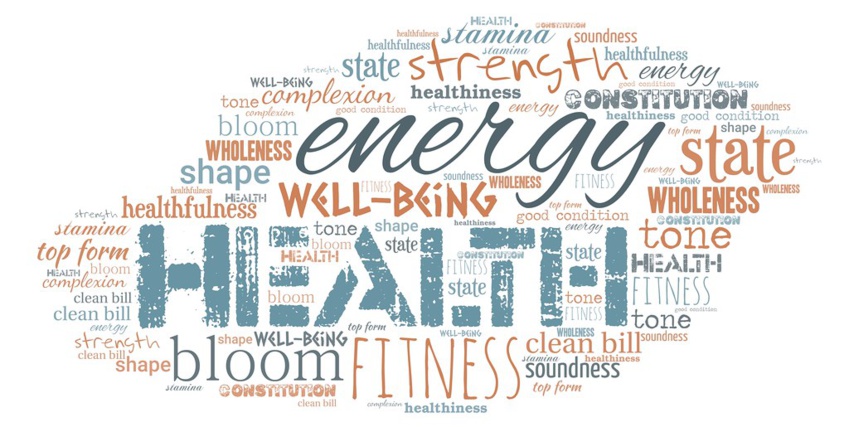The International WELL Building Institute (IWBI), a leader in promoting market change through health-centric buildings, organizations, and communities, has recently published a case study on the Lakehouse. This study showcases how WELL can be leveraged to achieve health and well-being objectives.
The case study centers on NAVA Real Estate Development’s Lakehouse, a mixed-use residential project in Denver, Colorado that is available for purchase. It delves into the triumphs and hurdles experienced throughout the process, as well as the financial costs and gains observed post-WELL Certification.
Lakehouse is among the pioneering multifamily residential projects in the US to receive WELL Certification. The analysis revealed that this certification gave the project a competitive edge over other developments. The health and wellness-centric design and amenities of the property garnered considerable attention, leading to attractive sales prices for the condos and competitive rental rates for its retail spaces.
The case study examines the WELL Certification process through four concepts of the WELL Building Standard – Air, Light, Nourishment, and Fitness (referred to as Movement in WELL v2). To meet some of the Air concept requirements, Lakehouse is fitted with a MERV-13 building air filtration system to maintain optimal indoor air quality. Healthy building entrances with walk-off systems also help reduce particle pollution upon entering the building. As for Light, Lakehouse’s exterior façade is 55% glass, providing clear views of Sloan’s Lake, downtown Denver, and the Rocky Mountains, while also maximizing daylight in residences and common areas. The use of floor-to-ceiling low emissivity, performance glass windows further enhances sunlight in interior spaces while minimizing heat transmission and visual glare discomfort.
“It’s exciting to see an organization like NAVA embrace WELL and work so diligently to ensure that residents are benefiting from its evidence-based health and well-being interventions,” said Rachel Hodgdon, President and CEO of IWBI.
“By sharing this case study, which highlights NAVA’s own health leadership in the multifamily sector, we’re able share lessons from their experience and inspire others to take their own WELL journey.”
In terms of Nourishment and Fitness, Lakehouse boasts a professionally managed organic urban farm that yields over 1,700 pounds of produce each season, depending on the type of crop. It also features an indoor wellness center with a view of Sloan’s Lake, equipped with a fitness lab for strength and cardio exercises, and a yoga and meditation studio for year-round activities.
These four concepts are part of the WELL requirements that were utilized to secure WELL Certification. This certification allows buildings and organizations to create spaces that are more considerate and deliberate in promoting human health and well-being. WELL encompasses a range of strategies—supported by the most recent scientific research—that seek to improve human health through design changes, operational protocols, and policies, and cultivate a culture of health and well-being.
A three-year study carried out by the Institute for the Built Environment (IBE) at Colorado State University revealed that the implementation of WELL features had a measurable positive effect on residents’ physical and mental well-being across 36 statistically significant indicators. At the same time, NAVA sought to comprehend how the implementation of WELL Certification influenced its financial returns – and how it could potentially boost other organizations’ financial returns.
“At Lakehouse, we had the opportunity to measure both the social and financial impacts of investing in human health and well-being through real estate. We found compelling evidence of a meaningful benefit on both accounts and in ways we had not expected from our initial modeling,” said Brian Levitt, President and Co-Founder of NAVA Real Estate Development.
“We are happy to share our analysis of the financial impact of WELL at Lakehouse with the development community and hope it will provide teams with a replicable model for prioritizing human and environmental health in residential projects everywhere.”
In its assessment of the economic advantages resulting from the implementation of health strategies in WELL, which are grounded in evidence, NAVA created its own ROI tool. This tool offers a more comprehensive view of the potential financial gains. Economically, a company’s investment in its employees is 125 times greater than its investment in energy for a typical building. According to NAVA’s tool, a projected 10% improvement in employee health could lead to an estimated benefit of $2.5 million, while a 10% decrease in energy expenditure could result in an estimated benefit of $20,000.
“What we learned through this process is the way that investing in strategies such as WELL Certification that are designed to optimize resident health and well-being can provide a variety of returns across a variety of both social and financial markers which will ideally elevate the perceived value of making design decisions that prioritize our built environment and its occupants, going forward,” said Levitt.
The case study centers on NAVA Real Estate Development’s Lakehouse, a mixed-use residential project in Denver, Colorado that is available for purchase. It delves into the triumphs and hurdles experienced throughout the process, as well as the financial costs and gains observed post-WELL Certification.
Lakehouse is among the pioneering multifamily residential projects in the US to receive WELL Certification. The analysis revealed that this certification gave the project a competitive edge over other developments. The health and wellness-centric design and amenities of the property garnered considerable attention, leading to attractive sales prices for the condos and competitive rental rates for its retail spaces.
The case study examines the WELL Certification process through four concepts of the WELL Building Standard – Air, Light, Nourishment, and Fitness (referred to as Movement in WELL v2). To meet some of the Air concept requirements, Lakehouse is fitted with a MERV-13 building air filtration system to maintain optimal indoor air quality. Healthy building entrances with walk-off systems also help reduce particle pollution upon entering the building. As for Light, Lakehouse’s exterior façade is 55% glass, providing clear views of Sloan’s Lake, downtown Denver, and the Rocky Mountains, while also maximizing daylight in residences and common areas. The use of floor-to-ceiling low emissivity, performance glass windows further enhances sunlight in interior spaces while minimizing heat transmission and visual glare discomfort.
“It’s exciting to see an organization like NAVA embrace WELL and work so diligently to ensure that residents are benefiting from its evidence-based health and well-being interventions,” said Rachel Hodgdon, President and CEO of IWBI.
“By sharing this case study, which highlights NAVA’s own health leadership in the multifamily sector, we’re able share lessons from their experience and inspire others to take their own WELL journey.”
In terms of Nourishment and Fitness, Lakehouse boasts a professionally managed organic urban farm that yields over 1,700 pounds of produce each season, depending on the type of crop. It also features an indoor wellness center with a view of Sloan’s Lake, equipped with a fitness lab for strength and cardio exercises, and a yoga and meditation studio for year-round activities.
These four concepts are part of the WELL requirements that were utilized to secure WELL Certification. This certification allows buildings and organizations to create spaces that are more considerate and deliberate in promoting human health and well-being. WELL encompasses a range of strategies—supported by the most recent scientific research—that seek to improve human health through design changes, operational protocols, and policies, and cultivate a culture of health and well-being.
A three-year study carried out by the Institute for the Built Environment (IBE) at Colorado State University revealed that the implementation of WELL features had a measurable positive effect on residents’ physical and mental well-being across 36 statistically significant indicators. At the same time, NAVA sought to comprehend how the implementation of WELL Certification influenced its financial returns – and how it could potentially boost other organizations’ financial returns.
“At Lakehouse, we had the opportunity to measure both the social and financial impacts of investing in human health and well-being through real estate. We found compelling evidence of a meaningful benefit on both accounts and in ways we had not expected from our initial modeling,” said Brian Levitt, President and Co-Founder of NAVA Real Estate Development.
“We are happy to share our analysis of the financial impact of WELL at Lakehouse with the development community and hope it will provide teams with a replicable model for prioritizing human and environmental health in residential projects everywhere.”
In its assessment of the economic advantages resulting from the implementation of health strategies in WELL, which are grounded in evidence, NAVA created its own ROI tool. This tool offers a more comprehensive view of the potential financial gains. Economically, a company’s investment in its employees is 125 times greater than its investment in energy for a typical building. According to NAVA’s tool, a projected 10% improvement in employee health could lead to an estimated benefit of $2.5 million, while a 10% decrease in energy expenditure could result in an estimated benefit of $20,000.
“What we learned through this process is the way that investing in strategies such as WELL Certification that are designed to optimize resident health and well-being can provide a variety of returns across a variety of both social and financial markers which will ideally elevate the perceived value of making design decisions that prioritize our built environment and its occupants, going forward,” said Levitt.


 Maximizing Employee Health and Energy Efficiency: An Economic Analysis of WELL Certification
Maximizing Employee Health and Energy Efficiency: An Economic Analysis of WELL Certification





 Companies
Companies